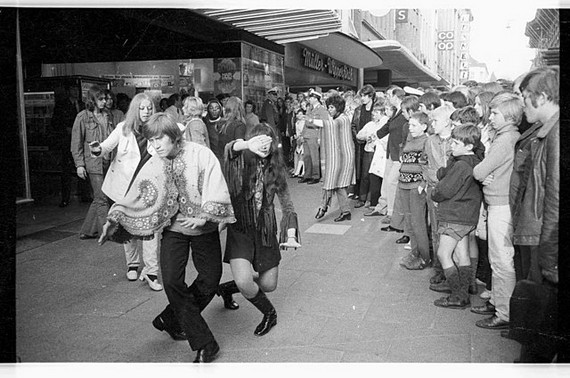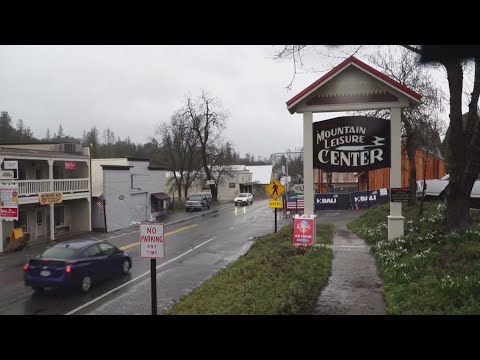The Fashion Revolution of the 1960s

The 1960s was a decade of change, and fashion was no exception. The youth culture of the time was rebelling against the conservative values of their parents, and this was reflected in their clothing choices. The fashion revolution of the 1960s was characterized by bold colors, new fabrics, and daring styles that challenged traditional gender roles. This article will explore the key elements of 1960s fashion and how they continue to influence modern fashion trends.
The Mini Skirt: A Symbol of Liberation
One of the most iconic pieces of 1960s fashion was the mini skirt. This daring style was first introduced by British designer Mary Quant in 1965, and it quickly became a symbol of female liberation. The mini skirt was a rejection of the conservative values that had dominated fashion for decades, and it allowed women to show off their legs in a way that had never been acceptable before.
The mini skirt was not just a fashion statement; it was a political statement. It represented a new era of freedom and equality for women. The mini skirt was worn by everyone from Twiggy to Jackie Kennedy, and it became a staple of 1960s fashion. Today, the mini skirt is still a popular style, and it continues to be a symbol of female empowerment.
The Mod Look: Bold Colors and Graphic Prints
The mod look was another defining trend of 1960s fashion. This style was characterized by bold colors, graphic prints, and clean lines. The mod look was inspired by the youth culture of the time, and it reflected the rebellious spirit of the era.
One of the key elements of the mod look was the use of bright colors. Colors like orange, yellow, and green were popular, and they were often paired with black and white for a bold contrast. Graphic prints were also a key element of the mod look. Patterns like polka dots, stripes, and geometric shapes were popular, and they were often used in bold combinations.
The mod look was popularized by fashion icons like Twiggy and Jean Shrimpton, and it continues to influence modern fashion trends. Today, designers still use bold colors and graphic prints to create eye-catching looks.
The Hippie Look: Bohemian Style
The hippie look was another important trend of 1960s fashion. This style was characterized by loose-fitting clothing, natural fabrics, and a bohemian aesthetic. The hippie look was a rejection of the materialism and conformity of mainstream society, and it reflected the counterculture movement of the time.
One of the key elements of the hippie look was the use of natural fabrics like cotton, linen, and hemp. Clothing was often loose-fitting and comfortable, with flowing skirts and peasant blouses being popular choices. The hippie look also incorporated elements of ethnic fashion, with items like Indian-inspired tunics and Native American-inspired jewelry being popular.
The hippie look was popularized by musicians like Jimi Hendrix and Janis Joplin, and it continues to influence modern fashion trends. Today, bohemian style clothing is still popular, with loose-fitting clothing and natural fabrics being key elements of the look.
The Androgynous Look: Challenging Gender Roles
The 1960s was a time of social change, and this was reflected in fashion as well. The androgynous look was a trend that challenged traditional gender roles, with men and women wearing similar styles of clothing. This trend was popularized by fashion icons like Mick Jagger and David Bowie, who wore tight-fitting pants, ruffled shirts, and other traditionally feminine items.
The androgynous look was a rejection of the rigid gender roles that had dominated fashion for decades. It allowed men and women to express themselves in new and daring ways, and it paved the way for more gender-fluid fashion trends in the future.
Today, the androgynous look continues to be a popular trend, with designers like Gucci and Saint Laurent incorporating traditionally masculine and feminine elements into their clothing lines.
Conclusion
The 1960s was a decade of change, and fashion was no exception. The fashion revolution of the 1960s was characterized by bold colors, new fabrics, and daring styles that challenged traditional gender roles. The mini skirt, mod look, hippie look, and androgynous look were all important trends of the time, and they continue to influence modern fashion trends today. The 1960s was a time of liberation and social change, and fashion played an important role in reflecting these values.





